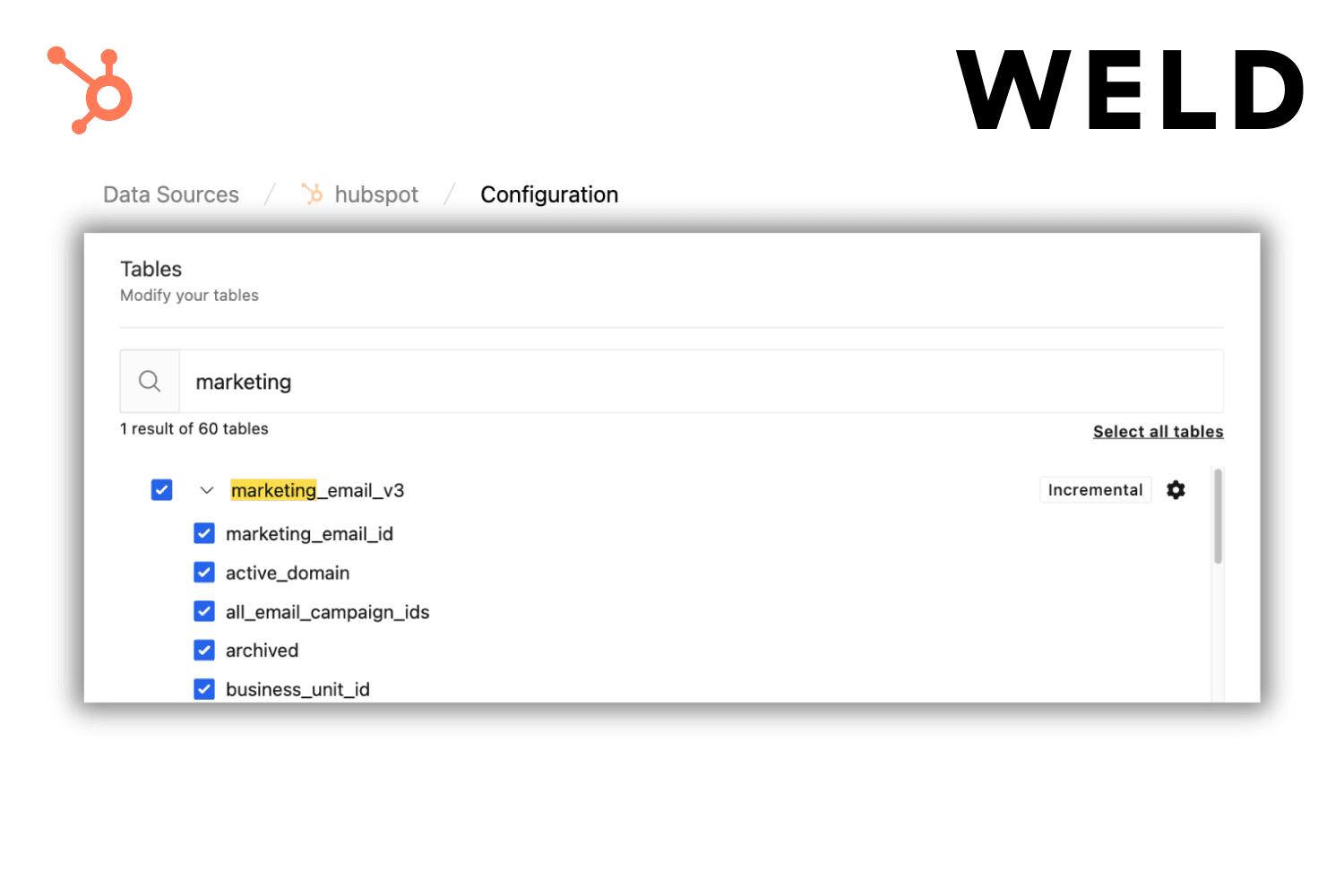Marketing is one of the most effective tools that a business can use today. In a global marketplace, marketing helps you stand out, build customer loyalty, and plant the seeds for long-term success.
Marketing can also be a bit complicated, especially without data to help guide you. To keep your marketing effective, you need to make use of the customer data you’re (probably) already collecting.
In this guide, we're going to cover the basics of data in marketing so you can get the insights you need to outperform the competition.
KPIs and data in marketing
First, let's talk about Key Performance Indicators (KPIs). KPIs are a great way to measure the success of your marketing efforts—but they’re also so much more than that. Your KPIs can help you continually improve your marketing strategy, prioritize the most impactful work, and make data-driven decisions with confidence.
KPIs and marketing data can help you to…
1. Know how effective your campaigns are
Number one, KPIs give you a solid idea of how effective your marketing campaigns truly are.
You may feel that a particular campaign performed well because you heard good things from customers. But a look at the numbers may tell a different story. And conversely, you may be getting little to no customer feedback—which might paint the picture of a failing marketing strategy. Meanwhile, your KPIs are off the chart—except you aren't tracking these, so you don't know you're killing it.
In short, trying to assess your marketing campaigns without KPIs is like trying to budget without checking your bank account. You've skipped the first step.
2. Move towards your marketing goals
KPIs allow you to make progress toward your marketing goals. Similar to training for a marathon, you need to time your laps to know if you're making progress. They help break down lofty goals into smaller, achievable milestones.
Your team can use KPIs to see if a particular approach is working, to what extent it's working, and even test different strategies to discover a better approach.
3. Keep morale and focus high
KPIs are an excellent way to keep your team engaged. Looking at stats can give your team clear goals to strive for, serve as a point of celebration and success, and help everyone stay focused.
Tip: Picture this—You’re launching a new product feature and your marketing team is divided on which ad design to use. Both ads go live, and in three days, the one with a higher conversion rate wins. Friendly bets are made, and after the test, the winning ad is projected on a shared screen. Everyone gathers and celebrates the win together. The next product launch, the team feels confident about which design style to choose. Tracking KPIs not only measures performance but also builds enthusiasm across your team.
The most common KPIs for marketing performance
There are nearly infinite KPIs that your marketing team could monitor. To get the most out of your data, focus on a few key metrics. Here are some of the most common KPIs to track:
%20marketing%20performance-1.jpg)
Customer Acquisition Cost (CAC)
One of the first KPIs to track as a marketing manager is CAC, or Customer Acquisition Cost. CAC is the average amount you spend to acquire a customer.
To calculate CAC, take the marketing spend from a given period (such as a month or quarter) and divide it by the number of customers acquired in that period. For example, if you spent $1,000 on marketing in a month and acquired 100 customers, your CAC for that period is $10.
Lifetime Value (LTV)
Next is LTV, or Lifetime Value, which refers to the revenue you collect from each customer over the entire time they do business with you. If a customer usually spends $100 once, your LTV is $100; if they spend $100 every year over a 10-year subscription, then your LTV is $1,000.
Comparing LTV to CAC is crucial. Ideally, your LTV should be at least 3x your CAC—if not, you may have a serious problem.
Return On Ad Spend (ROAS)
ROAS, or Return On Ad Spend, measures how much revenue is generated for every dollar spent on advertising. This metric helps you validate or adjust your paid marketing strategies.
Click-Through Rate (CTR)
CTR measures the percentage of people who click on a particular link after seeing it. While a 50% CTR is unrealistic, typical values range between 1% and 3%. Tracking CTR helps you gauge the performance of your calls-to-action, links, and ads.
Customer health score
The customer health score helps you monitor how engaged a customer is with your business and how likely they are to churn. A high score usually indicates a loyal customer, while a low score may indicate the opposite.
By monitoring health scores, you can improve customer retention, boost LTV, and provide better customer experiences.
How to improve your KPIs
Align your metrics with your goals
Focus on tracking only the KPIs that align with your clear, established goals. Avoid tracking every possible metric—choose the ones that best measure progress toward your objectives.
Improve the quality of your data
Enhance your data quality by selecting reliable data sources, validating your data rigorously, and ensuring synchronization across your organization.
Embrace data tools as a pivotal strategy
Using advanced data tools can elevate the quality and accessibility of your data, helping you extract richer insights from your marketing metrics.
Improve your marketing today with data tools from Weld
If you're ready to take your marketing to the next level with data-backed solutions, reach out to the team at Weld today. Our data technology can modernize your setup in hours, making you more effective, consistent, and successful in your campaigns.

%2520marketing%2520performance-1.jpg&w=3840&q=75)










